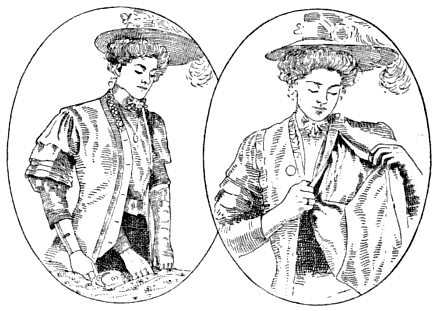Excerpts from the diary of 16-year-old Pauline Parker of Christchurch, New Zealand, 1954:
February 13th: Why could not mother die? Dozens of people, thousands of people are dying every day. So why not mother, and father too? Life is hard.
April 25th: Deborah [her 15-year-old friend Juliet Hulme] and I are sticking to one thing. We sink or swim together.
April 28th: Anger against mother boiled up inside me. It is she who is one of the main obstacles in my path. Suddenly a means of ridding myself of the obstacle occurred to me. If she were to die …
April 29th: I did not tell Deborah of my plans for removing mother. The last fate I wish to meet is one in a Borstal. I am trying to think of some way. I want it to appear either a natural or an accidental death.
June 6: We are both stark, staring mad.
June 19th: We practically finished our books today and our main “ike” for the day was to moider mother. This notion is not a new one, but this time it is a definite plan which we intend to carry out. We have worked it out carefully and are both thrilled by the idea. Naturally we feel a trifle nervous, but the pleasure of anticipation is great.
June 20th: We discussed our plans for moidering mother and made them a little clearer. Peculiarly enough, I have no qualms of conscience (or is it peculiar we are so mad?).
June 21st: I rose early and helped mother vigorously this morning. Deborah rang and we decided to use a brick in a stocking rather than a sand-bag. We discussed the moider fully. I feel keyed up as if I was planning a surprise party. Mother has fallen in with everything beautifully and the happy event is to take place tomorrow afternoon. So next time I write in the diary mother will be dead. How odd, yet how pleasing.
On the afternoon of June 22, Parker and Hulme ran into a Christchurch tea shop, crying that Parker’s mother had tripped on a plank and hit her head on a brick. “Mummy’s been hurt terribly,” Parker said. “I think she’s dead.” Police found the body of 45-year-old Honora Mary Parker on a secluded path in nearby Victoria Park. An autopsy found “forty-five discernible injuries, twenty-four being lacerated wounds on the face and head.” Parker quickly confessed under questioning:
Q: Who assaulted your mother?
A: I did.
Q: Why?
A: If you don’t mind I won’t answer that question.
Q: When did you make up your mind to kill your mother?
A: A few days ago …
Q: What did your mother say when you struck her?
A: I would rather not answer that.
Q: How often did you hit her?
A: I don’t know, but a great many times I imagine.
It transpired that Hulme’s father had planned to take Juliet to South Africa, and both girls knew that Mrs. Parker would refuse to let Pauline go with her. “These girls are not incurably insane,” the prosecutor told the jury. “They are incurably bad.” They were sentenced to five years in separate prisons.




